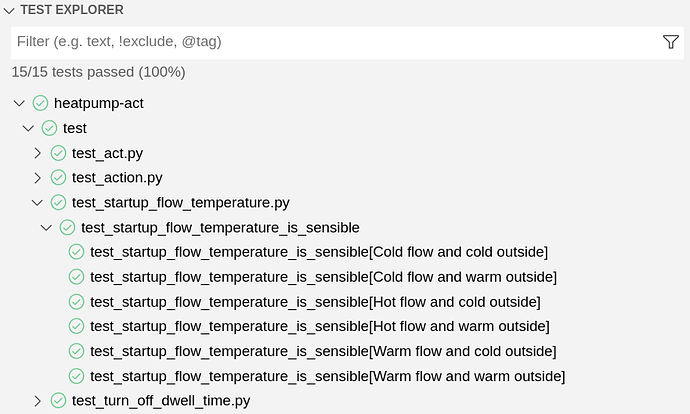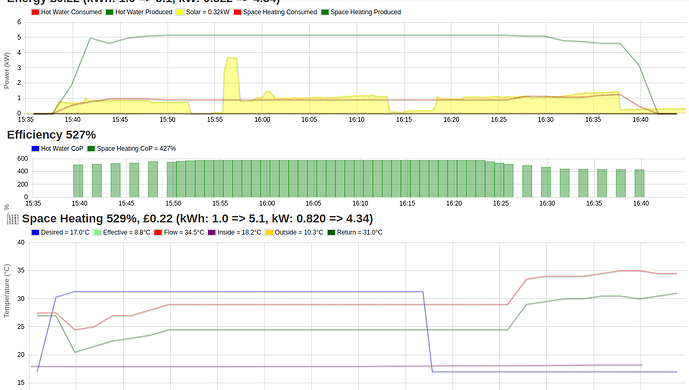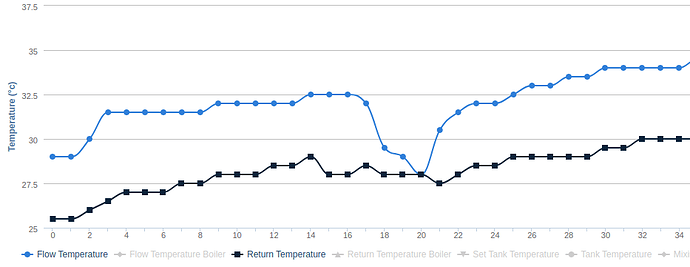I know I’ve been chatting about my “algorithm” for a couple of years. Something happened that delayed me actually sharing it.
I thought it was about time I got on with it.
So now you can see I’ve started sharing it here:
It comes with a number of caveats.
Obviously don’t try and run it ![]()
It uses the state from MELCloud so you’d need that cached. It only expects about ten hours so it’s not too onerous. In fact I don’t think it ever uses anything like that depth of history. Of course I fetch the latest state before running this script so it has a vaguely up to date view of what the heatpump is doing.
It can absorb pywws raw input files too if they are available.
I am stripping out the really personal bits from the code, but it still has much of my personal stuff in, such as my hard-coded schedule which won’t suit any one.
I’m trying to move to newer structures for things, whilst also keeping it working and also sharing it. You can all guess how that’s going.
I’ve only included a few of the simpler Action things so far in actionProviders. It’ll take me more time to port all of the actions over to something shareable. The blockers list is complete.
I’ve got some useful unit tests but they aren’t ported to this new bubble yet.
You should start at act if you want to see what it’s up to.
To give you a flavour, the output looks a bit like this (but it’s likely to change quite a bit):
I suspect this’ll be most interesting to @mjr and @Timbones but please be gentle with me when you’re spotting the innumerable flaws.




